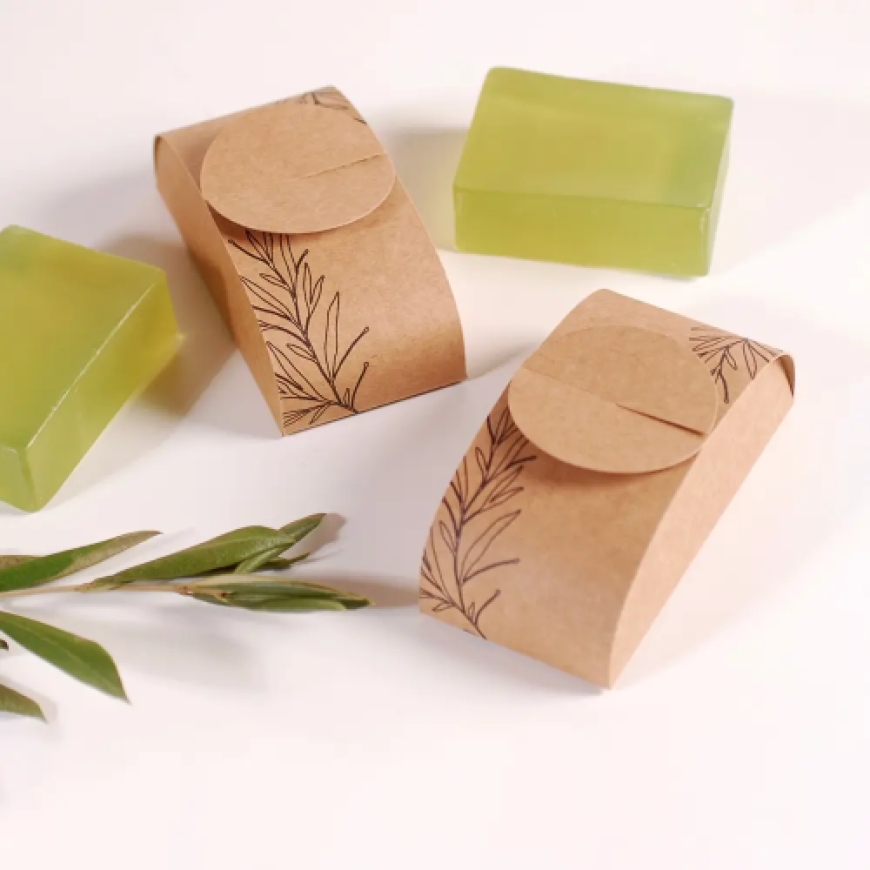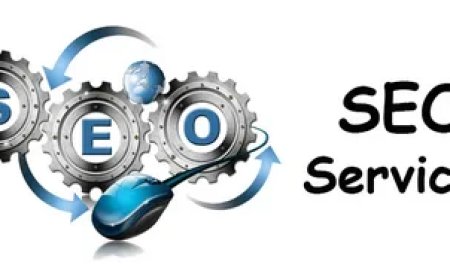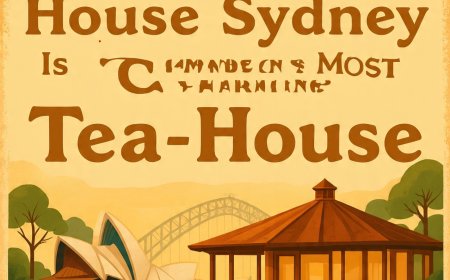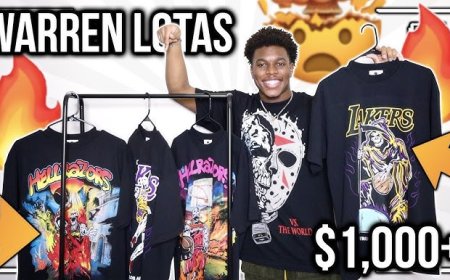Top Trends in Soap Packaging for 2025: What’s in Store for the Future?
Personalized and customizable packaging is expected to be a major trend in soap packaging by 2025.

The soap packaging industry, like many other sectors, is constantly evolving. As consumer preferences shift and environmental concerns grow, soap packaging is becoming more innovative and sustainable. Looking ahead to 2025, several trends are expected to dominate the soap packaging space, offering businesses the chance to adapt and stand out. In this article, we will explore the top soap packaging trends that are likely to shape the industry in the coming years, helping businesses make informed decisions about their packaging strategies.
1. Sustainability: The Continued Rise of Eco-Friendly Packaging
Sustainability has been a growing trend for years, and it is expected to remain at the forefront of soap packaging innovations in 2025. Consumers are increasingly prioritizing environmentally friendly products, and this includes packaging. As a result, businesses will need to adopt more sustainable packaging solutions to meet the demand for eco-conscious products.
Key sustainable packaging materials include biodegradable plastics, recycled paper, and compostable options. Brands will also focus on reducing packaging waste by using minimalistic designs and eliminating unnecessary components. For example, wrapping soap in compostable or biodegradable paper instead of plastic is a simple yet effective way to reduce environmental impact while maintaining a premium feel.
Moreover, brands are likely to explore refillable packaging solutions, encouraging customers to reuse containers rather than buying new ones each time. This approach not only cuts down on waste but also provides consumers with long-term value, aligning with the growing preference for sustainable and practical products.
2. Minimalist and Clean Designs
In 2025, we can expect a rise in minimalist soap packaging designs. The idea is to strip away excess elements and focus on the essentials, creating packaging that is sleek, clean, and visually appealing. This trend appeals to consumers who value simplicity and elegance, which has gained traction in various industries.
Minimalist packaging is often associated with premium, high-end products, and soap is no exception. Brands looking to position their soaps as luxury products may choose packaging that features simple, understated designs with elegant typography and natural colors. This style is not only aesthetically pleasing but also often results in a more eco-friendly product due to reduced use of inks and excess materials.
In addition to appealing to consumer preferences, minimalist designs also reflect the growing desire for transparency. By using clear, unembellished packaging, brands can emphasize the natural qualities of their soap and showcase the ingredients inside, further connecting with the clean beauty movement.
3. Personalization and Customization
Consumers today are more interested in products that feel personal and unique. Personalized and customizable packaging is expected to be a major trend in soap packaging by 2025. Soap brands will look for ways to offer customized packaging, allowing customers to personalize the soap they purchase for themselves or as gifts.
For example, businesses may offer personalized labels or engravings, allowing customers to add their name or a special message. Personalized packaging creates a deeper connection with the customer and offers a more memorable purchasing experience. This trend is particularly popular for handmade soaps, artisanal brands, and luxury products that cater to niche markets.
In addition to individualized messages, brands may offer customers the option to choose their packaging color, material, or design style. The flexibility to customize packaging appeals to the growing demand for tailored, one-of-a-kind products, particularly in the beauty and personal care sectors.
4. Transparent Packaging for Consumer Confidence
Transparency is a core value for modern consumers, who are increasingly concerned about product ingredients, sourcing, and manufacturing processes. Transparent packaging allows consumers to see the product inside, giving them confidence in the quality and authenticity of the soap.
In the soap industry, transparent packaging can take the form of clear glass jars, plastic containers, or even see-through paper. This allows customers to evaluate the texture, color, and overall quality of the soap before making a purchase. Transparent packaging is especially popular in the natural and organic soap market, where consumers are more likely to scrutinize the ingredients and prefer to avoid harsh chemicals or artificial additives.
Aside from providing reassurance to consumers, transparent packaging can also showcase the beauty of the soap itself, especially for soaps with vibrant colors or intricate designs. It serves as both a functional and marketing tool, allowing brands to differentiate their products visually.
5. Eco-Conscious Innovation: Waterless Soap Packaging
As sustainability becomes more critical, we are likely to see an increase in waterless soap packaging by 2025. Waterless soap refers to products such as solid shampoo bars or soap bars, which eliminate the need for water in the formulation. These products are inherently more eco-friendly because they reduce transportation costs and packaging waste, and they also do not require water as a key ingredient.
Packaging for waterless soaps is expected to be both sustainable and innovative. For example, solid soap bars may be wrapped in biodegradable paper or housed in reusable containers, while liquid soap alternatives may come in solid, concentrated forms that require less packaging material. This trend fits with the growing emphasis on zero-waste beauty products and aligns with consumers increasing interest in water conservation and reducing their environmental footprint.
6. Smart Packaging and Interactive Features
The integration of technology into packaging is expected to grow in 2025, especially in premium soap brands. Smart packaging features such as QR codes, augmented reality (AR), or near-field communication (NFC) chips can offer customers an interactive experience that enhances their connection to the brand.
For example, consumers may scan a QR code on the soap packaging to learn more about the soap's ingredients, origin, or the ethical practices behind the brand. AR could allow customers to visualize how a specific soap might look in their bathroom or provide educational content on how to use the product.
Smart packaging provides businesses with an opportunity to engage with their audience beyond the product itself, offering a personalized and high-tech experience. This trend is particularly suited for brands looking to appeal to tech-savvy, younger audiences who value innovation and interactivity in their product experiences.
7. Bold, Artistic Designs to Stand Out
In contrast to minimalist packaging, bold and artistic soap packaging will also become more prevalent in 2025. Many soap brands, particularly those targeting younger, creative consumers, are expected to embrace eye-catching, vibrant packaging designs. This includes the use of unique colors, textures, and illustrations that create a distinct visual identity for the brand.
Artistic packaging helps brands communicate their personality, setting them apart from competitors. Whether its through abstract patterns, colorful illustrations, or limited-edition packaging collaborations with artists, bold designs allow soap companies to make a lasting impression on customers.
This trend is also supported by the rise of soap as an art form. Many small businesses create artisanal soaps with distinctive colors and shapes, and the packaging must reflect the artistry behind the product. Bold packaging can also be a conversation starter, encouraging consumers to share their experiences on social media, further promoting brand awareness.
Conclusion
Soap packaging in 2025 will reflect the growing focus on sustainability, innovation, and consumer engagement. As eco-friendly materials become more prevalent, minimalist and transparent designs gain popularity, and technology enhances the consumer experience, businesses in the soap industry have a unique opportunity to stand out and build stronger connections with their customers. By staying on top of these trends, brands can ensure that their custom packaging not only protects their product but also enhances their overall brand identity and aligns with consumer values.









































